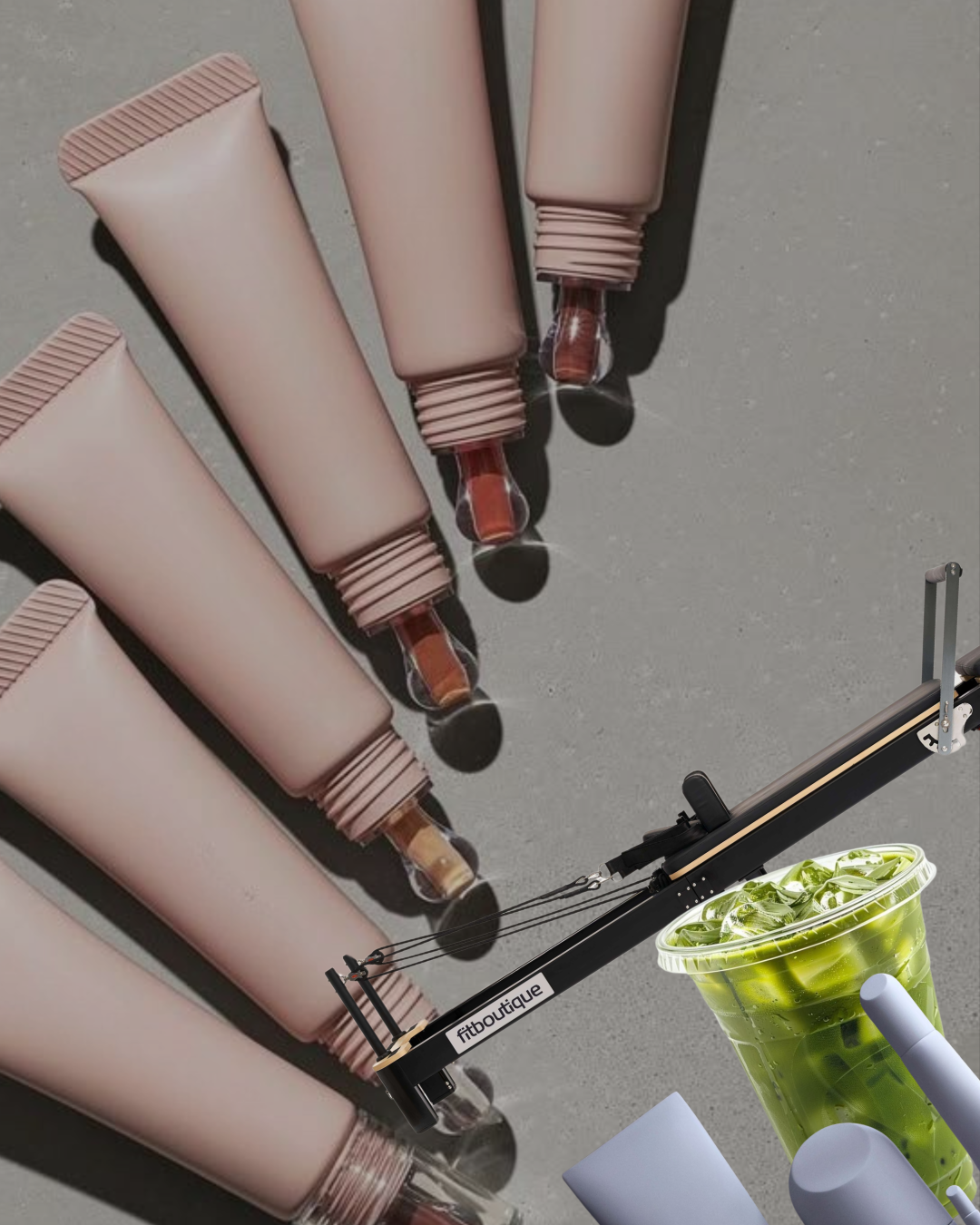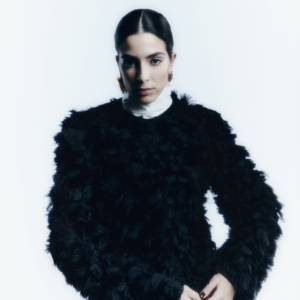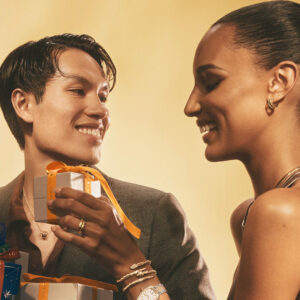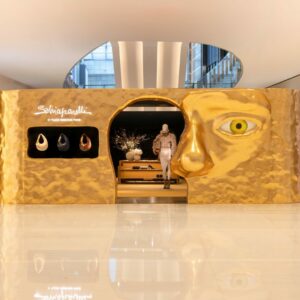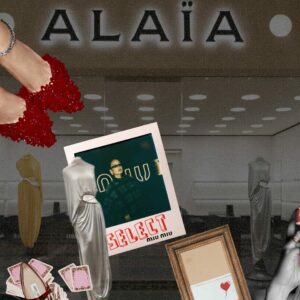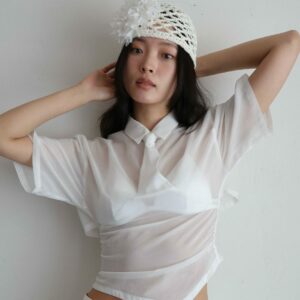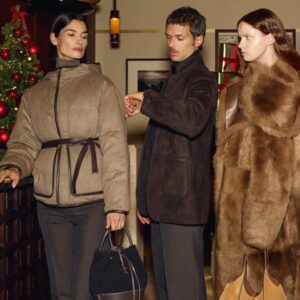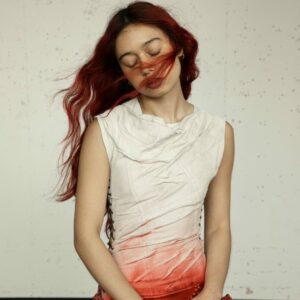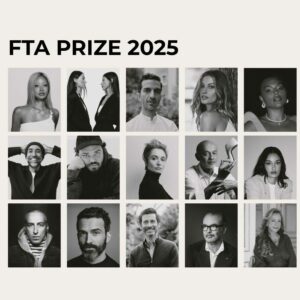Aesthetic fatigue – “The theory of aesthetic fatigue suggests that when a stimulus continuously acts on the receptor of human, sensory adaptation will appear, and with the prolongation of the action time of the stimulus, the intensity of the sensory response to the stimulus will be lower and lower.” (Zu, Zhao, Investigating Visual Aesthetic Fatigue in Urban Green Spaces; Springer Nature; 2o23.)
Step into a coffee shop in Lisbon, a boutique hotel in Mexico City, a skincare brand launch in London, or scroll through your feed on any given Sunday — and you might be forgiven for wondering if you’re seeing double. Blush-toned walls, sans-serif fonts, a leafy Monstera peeking coyly from the corner: it’s all just so… familiar. Welcome to the age of aesthetic fatigue, where everything — and everyone — looks a little too alike. As the excerpt above suggests, we begin to get bored.
The phenomenon isn’t imagined. In an era obsessed with personal branding and visual storytelling, the paradox is this: our desperate bids for individuality have ironically led to widespread sameness. And it’s exhausting.
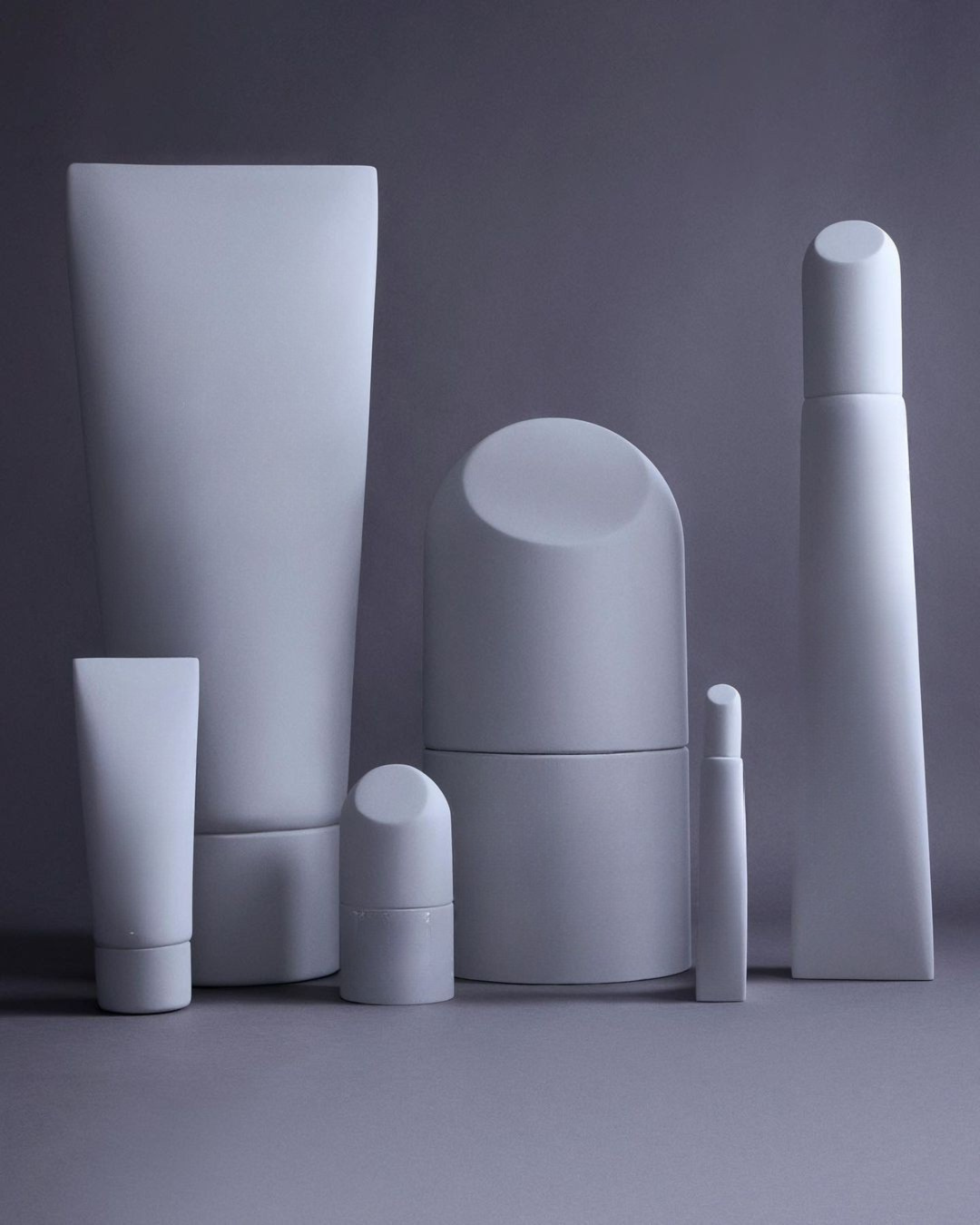
How We Got Here
First, blame the algorithm. Platforms like Instagram and TikTok have not only democratized style, but streamlined it — aggressively. Once a new visual “vibe” starts trending, it’s amplified, mimicked, and flattened until it loses all meaning. What was once a niche aesthetic — clean girl, cottagecore, brutalist minimalism — quickly becomes aesthetic white noise.
Then, there’s the hyper-acceleration of trends themselves. In fashion, micro-trends used to cycle seasonally. Now they live and die within weeks, born from a viral post and buried under another before they’ve even fully bloomed. Remember when “coastal grandmother” was the look of the summer? Blink and you missed it.
“People are tired of chasing trends that feel obsolete before they’ve even clicked ‘order,’” says [insert tastemaker name here], creative director of [insert brand]. “The pace is unsustainable — emotionally, financially, creatively.”
The Millennial Aesthetic Monopoly
There’s also the undeniable monoculture birthed by the 2010s: think clean branding, soft pastels, earnest slogans, ‘girlboss’ energy. Initially a soothing antidote to the maximalism of the 2000s, the “millennial aesthetic” soon became the default, engulfing everything from coffee brands to dating apps in its minimalist embrace.
What started as authenticity quickly turned into a template. Now, a startup café in Bali can be almost indistinguishable from one in Brooklyn — and that AirBnB you booked last-minute? Chances are it features the same terrazzo tiles and linen throws as the influencer’s flat you saved to your mood board. Aesthetic fatigue.
Aesthetic Fatigue in the Time of Infinite Options
Ironically, even the rebellion against sameness — the rise of ‘chaotic’ trends like indie sleaze, glitchcore, or ‘wrong shoe theory’ dressing — often ends up being codified into yet another uniform. What was once a subversive shrug at perfection is now just another curated look.
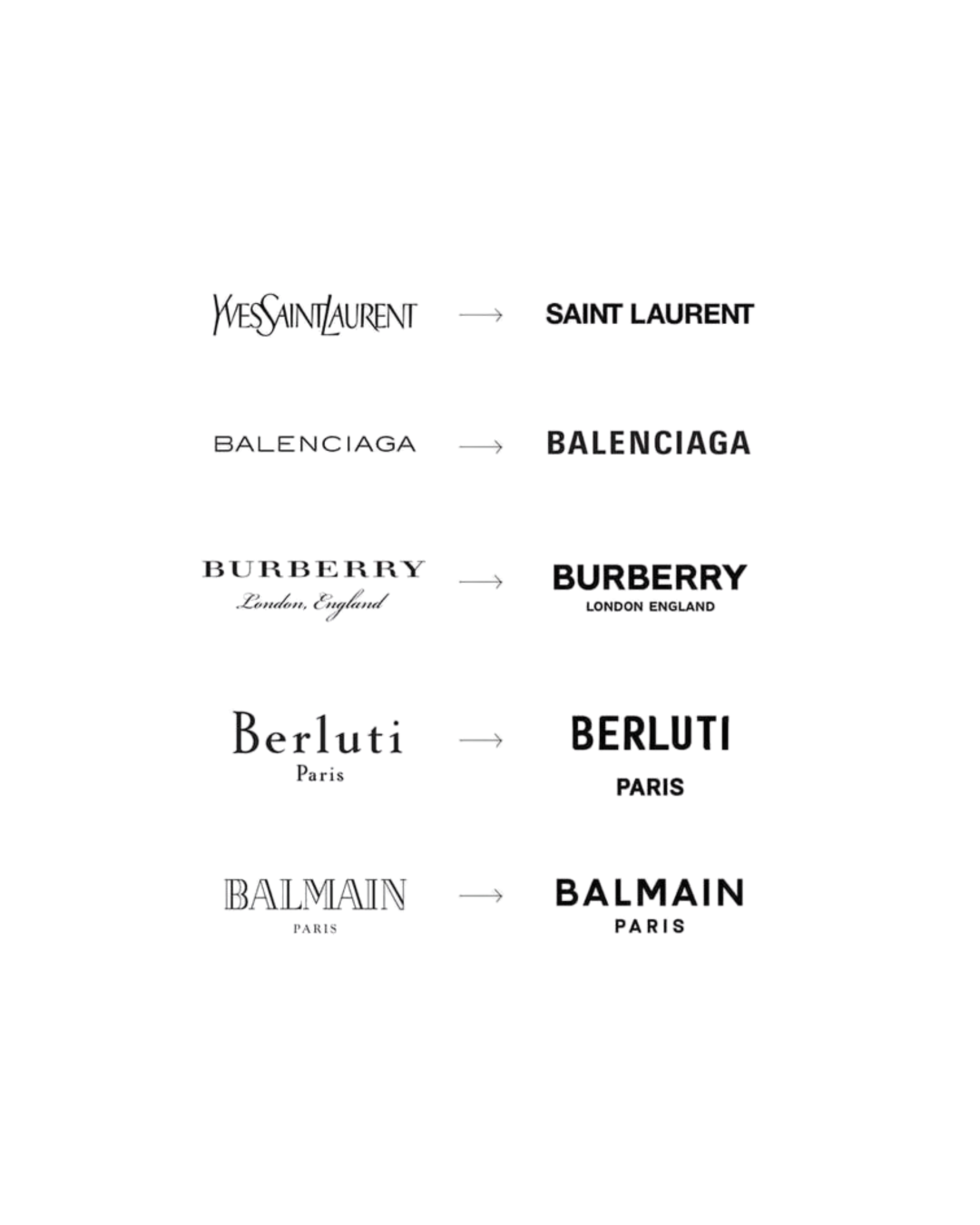
It’s not just fatigue; it’s burnout. We are drowning in vibes, and the aesthetic overload — the endless ‘choice’ between increasingly similar options — leads many to crave something more permanent, more personal. “We’re seeing a shift towards nostalgia, heirlooms, emotional interiors,” says [insert design expert], “things that aren’t designed for virality but for longevity.”
Where Do We Go From Here?
In fashion, interiors, branding, and even beauty, there’s a quiet rebellion underway: an embrace of idiosyncrasy over polish, of enduring style over disposable trends. It’s less about “finding your aesthetic” and more about finding your centre.
The new luxury isn’t being on trend — it’s being out of step, gloriously so. It’s wearing the same beaten-up boots for a decade, painting your living room your shade of red, not Pantone’s. It’s about cultivating an inner sense of style that resists the urge to update with every algorithmic whisper. It’s the perfect counter to aesthetic fatigue.
Because in a world where everything looks the same, the rarest, most radical thing you can be — is unmistakably yourself.
For more stories of fashion and beauty, visit our dedicated pages.
